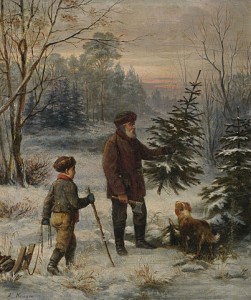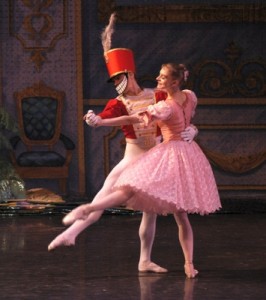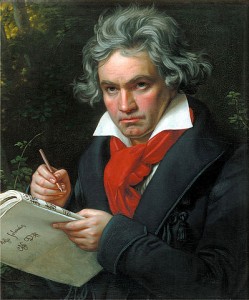 During the fourth century the practice of bringing evergreen trees indoors during the dark days of winter spread across Europe. In medieval Germany, the increase in Christianity gave rise to a new tradition. Germans began decorating the trees with apples to represent the garden of Eden. “Paradise trees” were soon decorated with additional food items like nuts and sugar wafers.
During the fourth century the practice of bringing evergreen trees indoors during the dark days of winter spread across Europe. In medieval Germany, the increase in Christianity gave rise to a new tradition. Germans began decorating the trees with apples to represent the garden of Eden. “Paradise trees” were soon decorated with additional food items like nuts and sugar wafers.
As Germans immigrated to other parts of the world they took their Christmas tree tradition with them. in 1848 Queen Victoria encouraged her German husband, Prince Albert to decorate a tree like those he had in his childhood. This Victorian tree, decorated with sweets, ornaments and candles was featured in the Illustrated London News. Suddenly, people in England and the United States created increasingly elaborate trees in an attempt to outdo one another. German artisans began crafting delicate glass ornaments and in 1882 Edward Johnson, an associate of Thomas Edison created the first strand of Christmas tree lights. This year over 100 million Christmas trees will be on display worldwide. For more details see History of Christmas Trees – Christmas – HISTORY.com.
The music for O Tannenbaum is from a 16th century German folk song. There are multiple versions of lyrics with this tune and rather then select one I thought I would just play a very familiar instrumental version today. This selection is from A Charlie Brown Christmas which is celebrating his 50th anniversary this year. Now when you hear this song, or see a Christmas tree think of the Germans and Queen Victoria, and thank them for this centerpiece of our Christmas traditions.

 racker is a two-act ballet, originally choreographed by Marius Petipa and Lev Ivanov with a score by
racker is a two-act ballet, originally choreographed by Marius Petipa and Lev Ivanov with a score by 